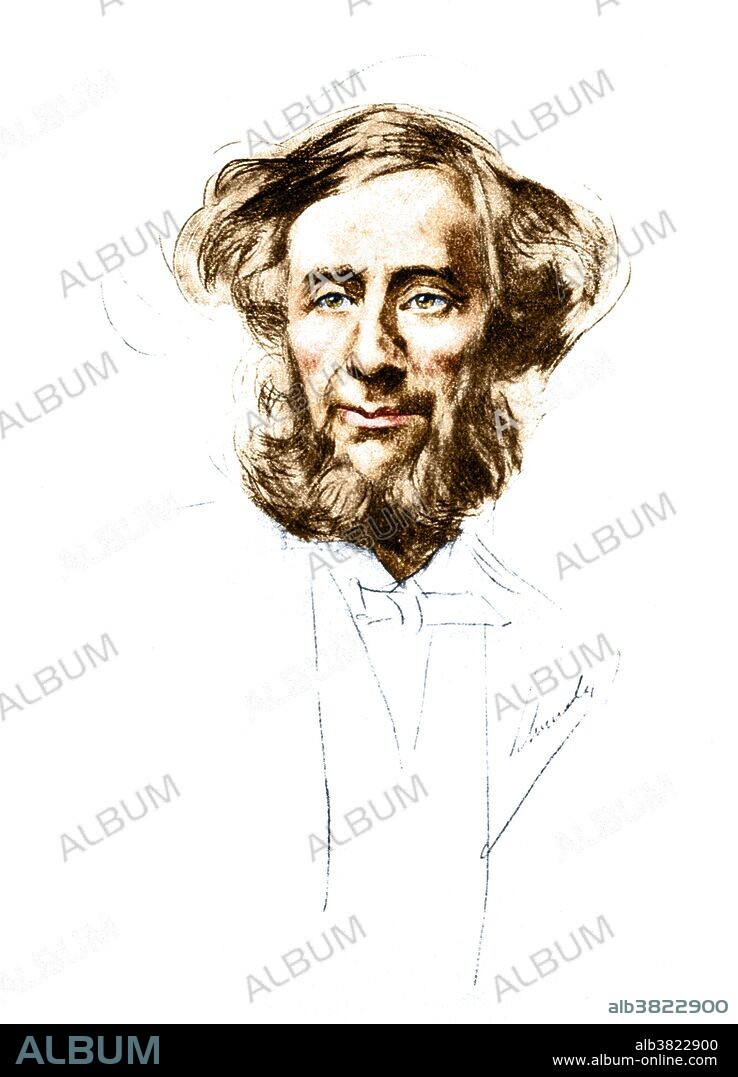alb3822900
John Tyndall, Irish Physicist and Medical Educator

|
Zu einem anderen Lightbox hinzufügen |
|
Zu einem anderen Lightbox hinzufügen |



Haben Sie bereits ein Konto? Anmelden
Sie haben kein Konto? Registrieren
Dieses Bild kaufen

Titel:
John Tyndall, Irish Physicist and Medical Educator
Untertitel:
Siehe automatische Übersetzung
John Tyndall (August 2, 1820 - December 4, 1893) was an Irish physicist and medical educator. Beginning in the late 1850s, Tyndall studied the action of radiant energy on the constituents of air. He was the first to correctly measure the relative infrared absorptive powers of the gases nitrogen, oxygen, water vapor, carbon dioxide, ozone and methane. He explained the heat in the Earth's atmosphere in terms of the capacities of the various gases in the air to absorb radiant heat. A very sensitive way to detect particulates is to bathe the air with intense light. The scattering of light by particulate impurities in air and other gases, and in liquids, is known today as the Tyndall Effect or Tyndall Scattering. He published seventeen books, which brought state-of-the-art 19th century experimental physics to a wider audience. Besides being a scientist, Tyndall was a science teacher and evangelist for the cause of science. From 1853-87 he was professor of physics at the Royal Institution of Great Britain in London. In his later years Tyndall often took chloral hydrate to treat his insomnia. In 1893 he died from an accidental overdose of this drug. He was 73 years old.
Bildnachweis:
Album / NLM/Science Source
Freigaben (Releases):
Model: Nein - Eigentum: Nein
Rechtefragen?
Rechtefragen?
Bildgröße:
3000 x 4163 px | 35.7 MB
Druckgröße:
25.4 x 35.2 cm | 10.0 x 13.9 in (300 dpi)
Schlüsselwörter:
BERÜHMT • BERÜHMTE PERSÖNLICHKEIT • ILLUSTRATION • ILLUSTRATIONS • IRISCH • MANN • NOTABEL • PERSON • PERSöNLICHKEITEN • PERSÖNLICHKEITEN • PORTRAIT • PROMINENZ
 Pinterest
Pinterest Twitter
Twitter Facebook
Facebook Link kopieren
Link kopieren Email
Email
